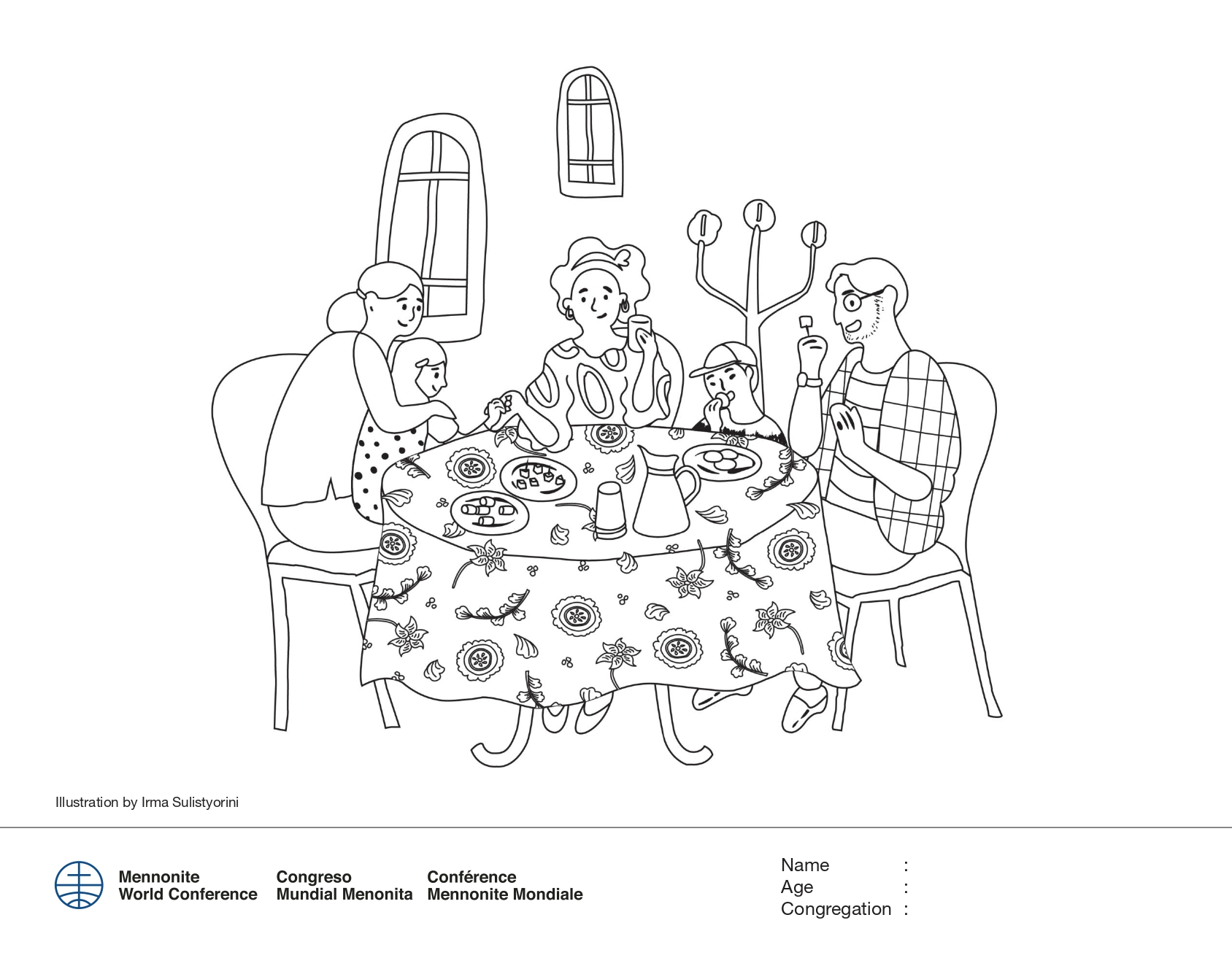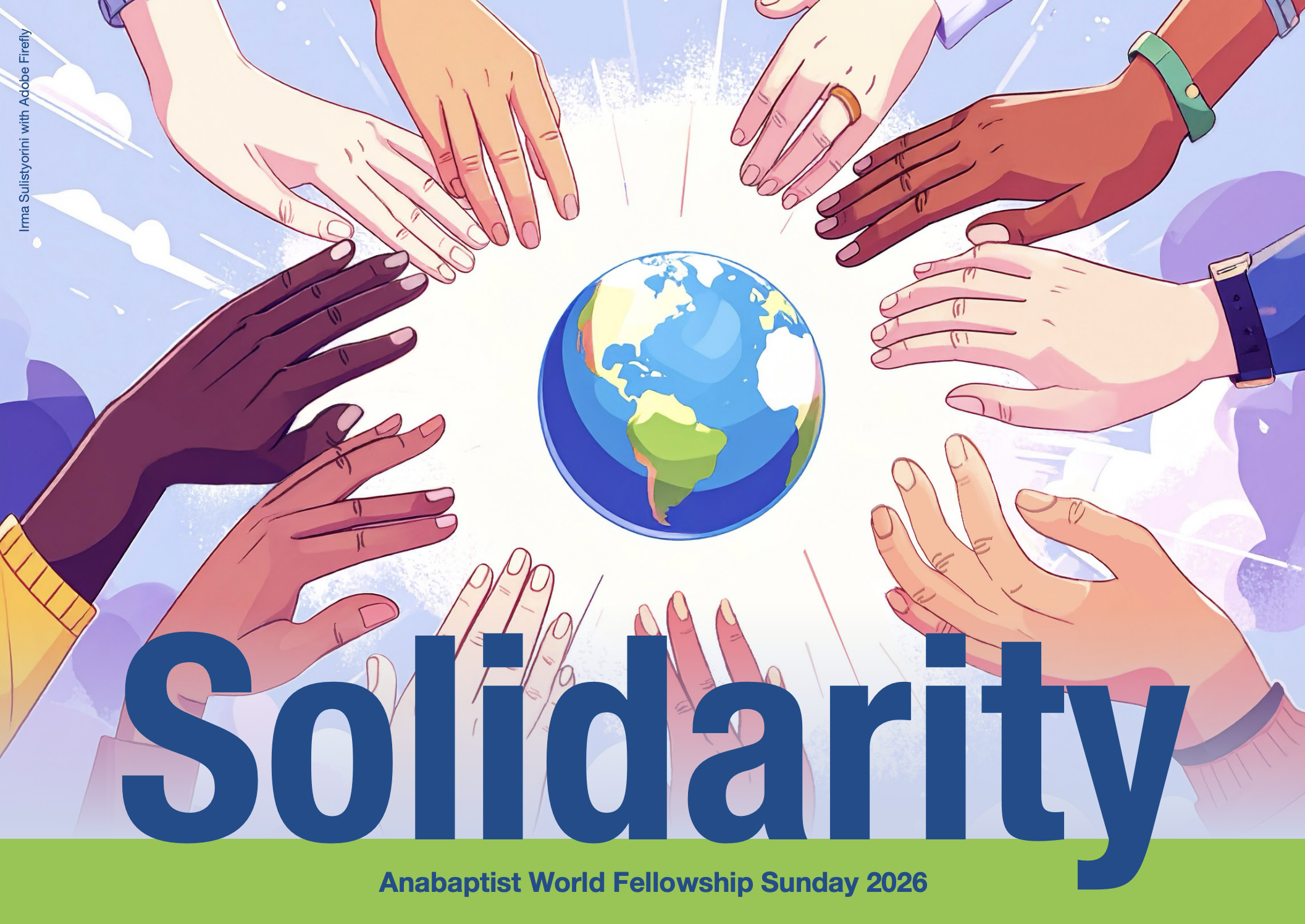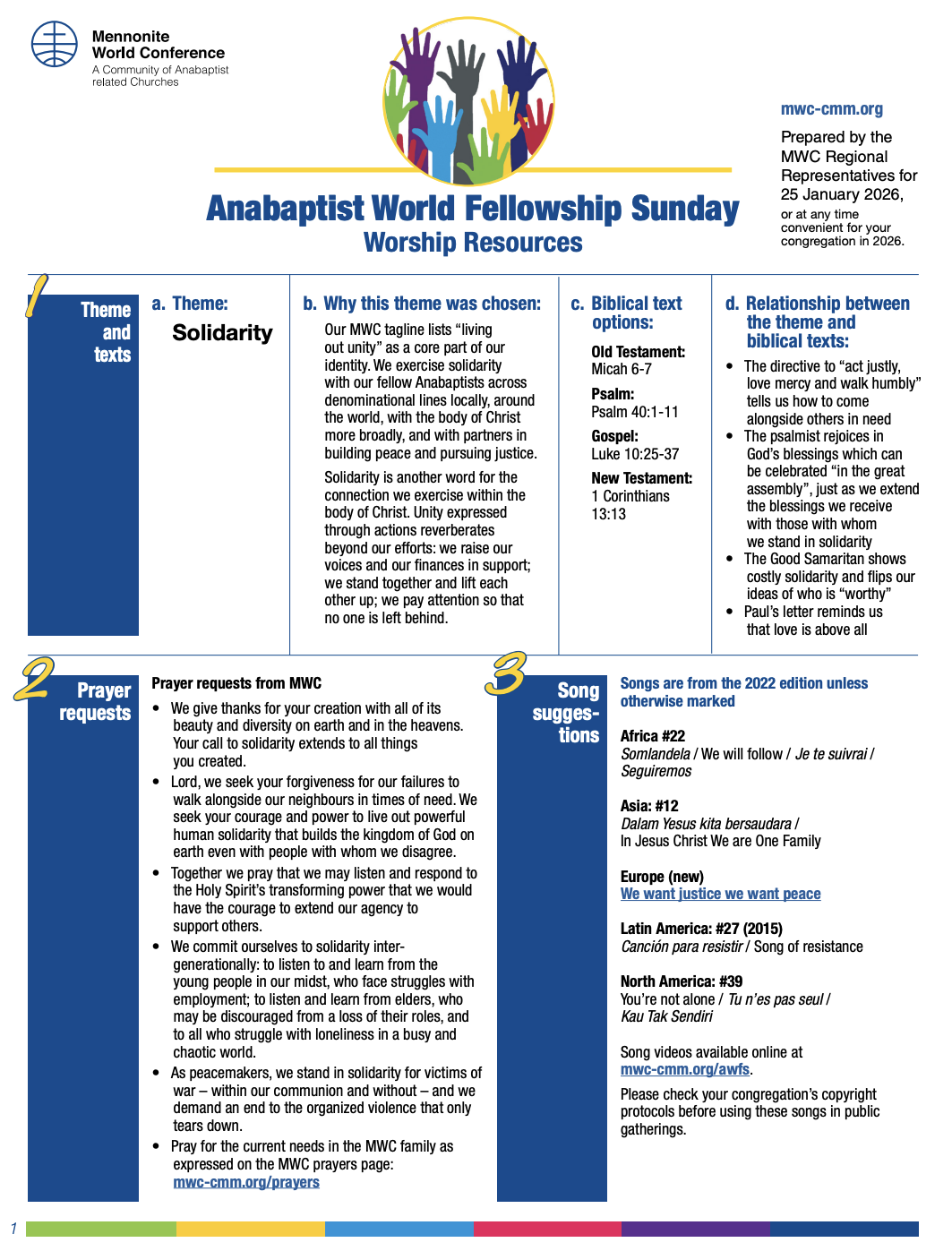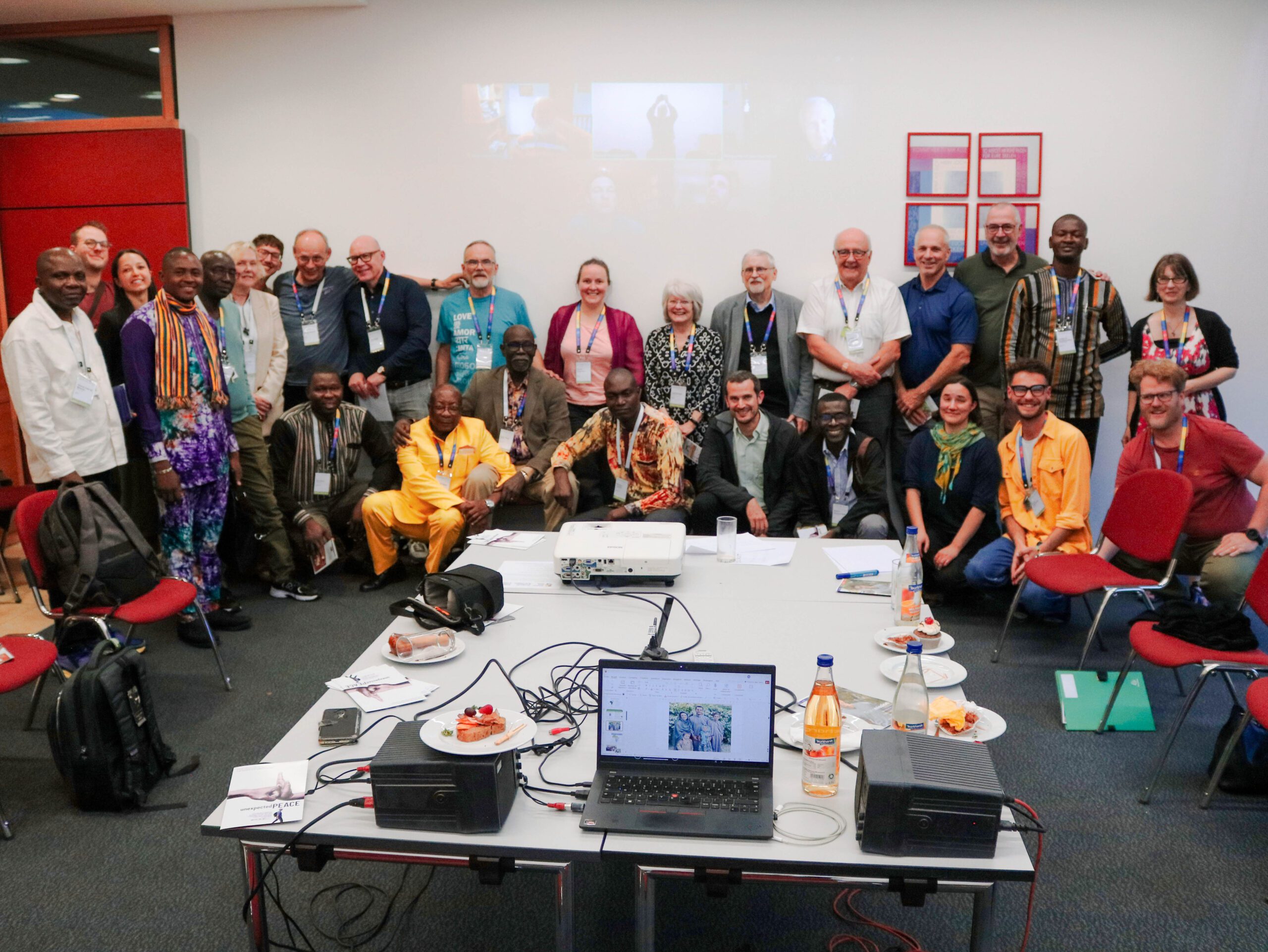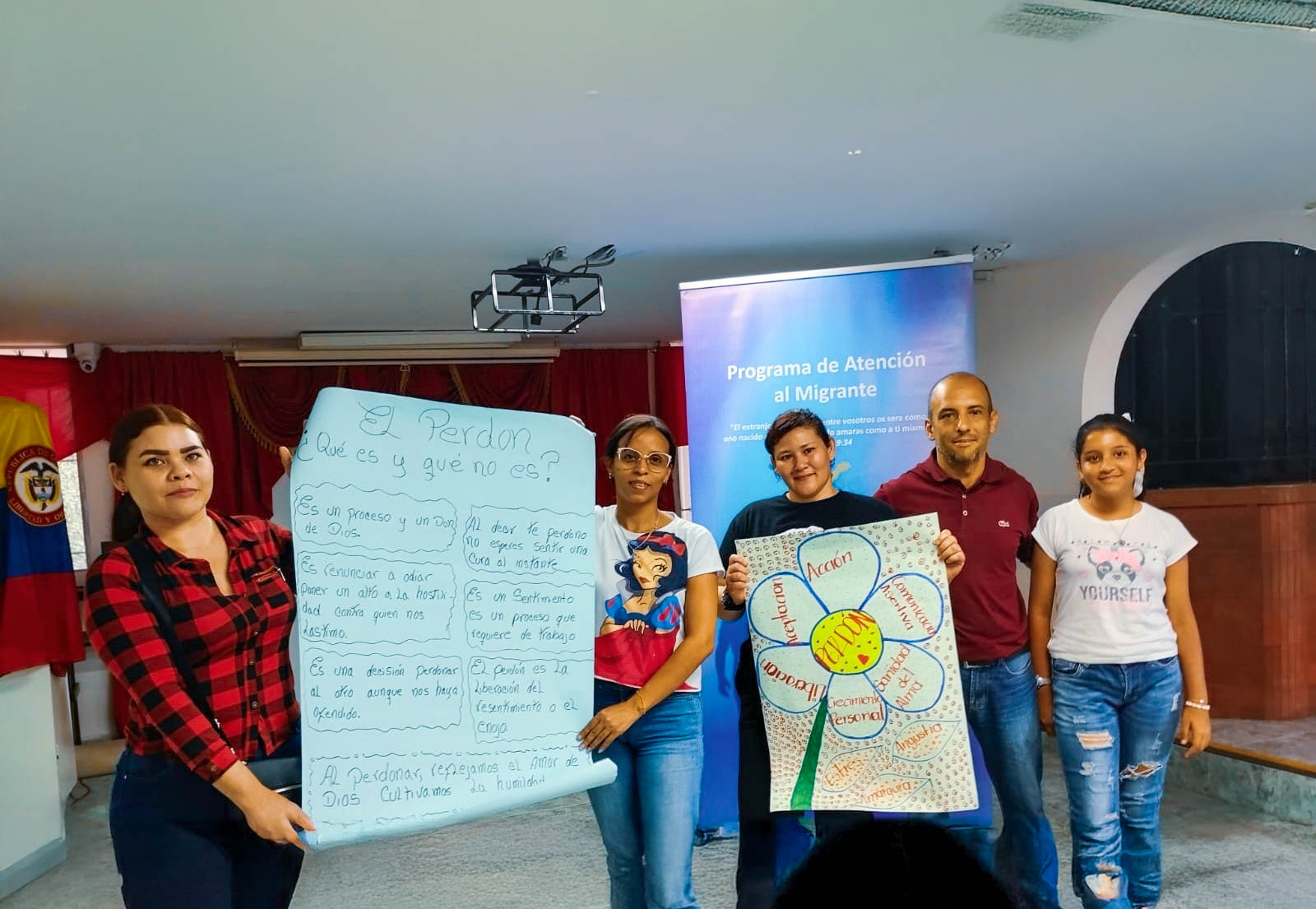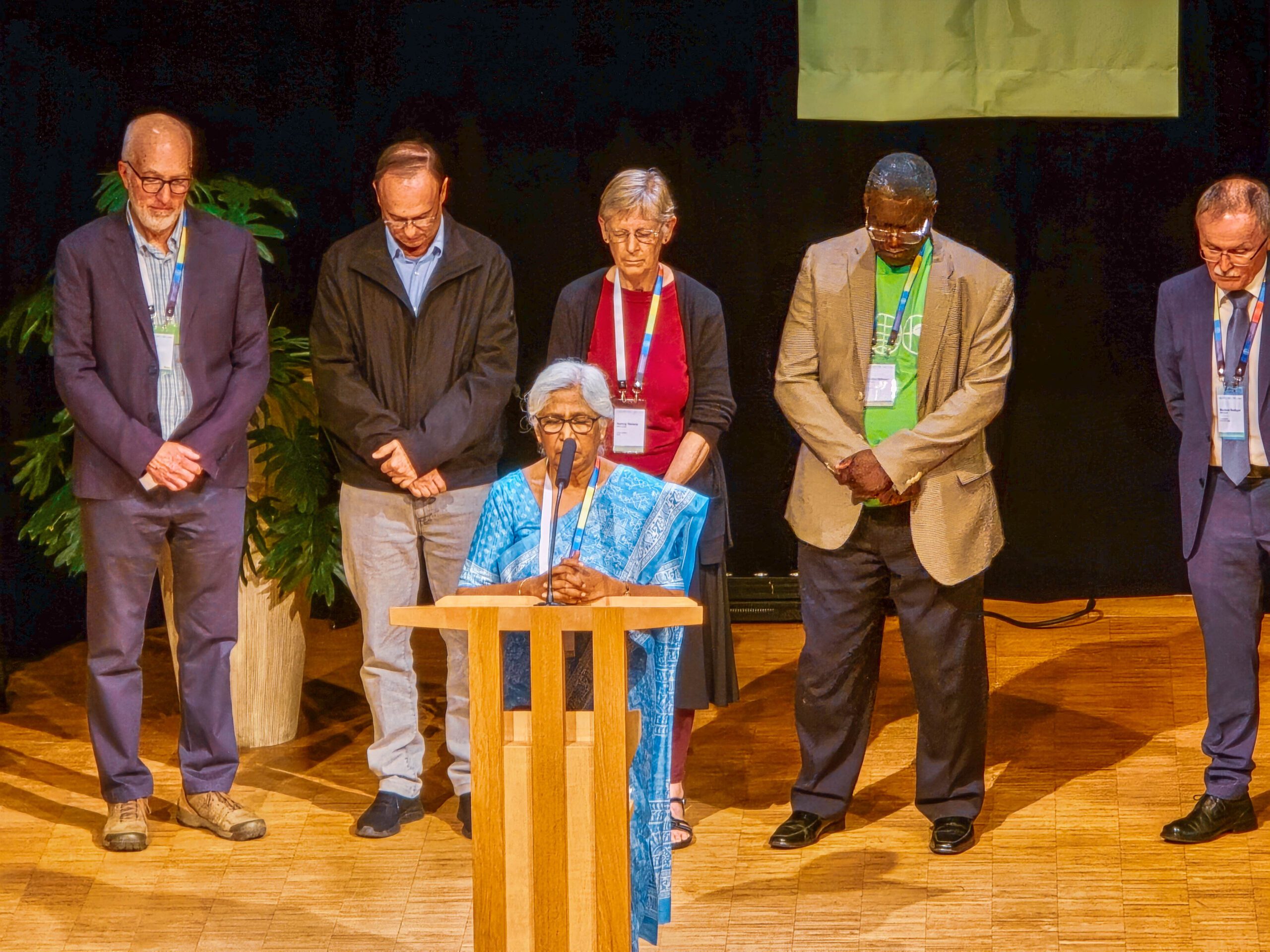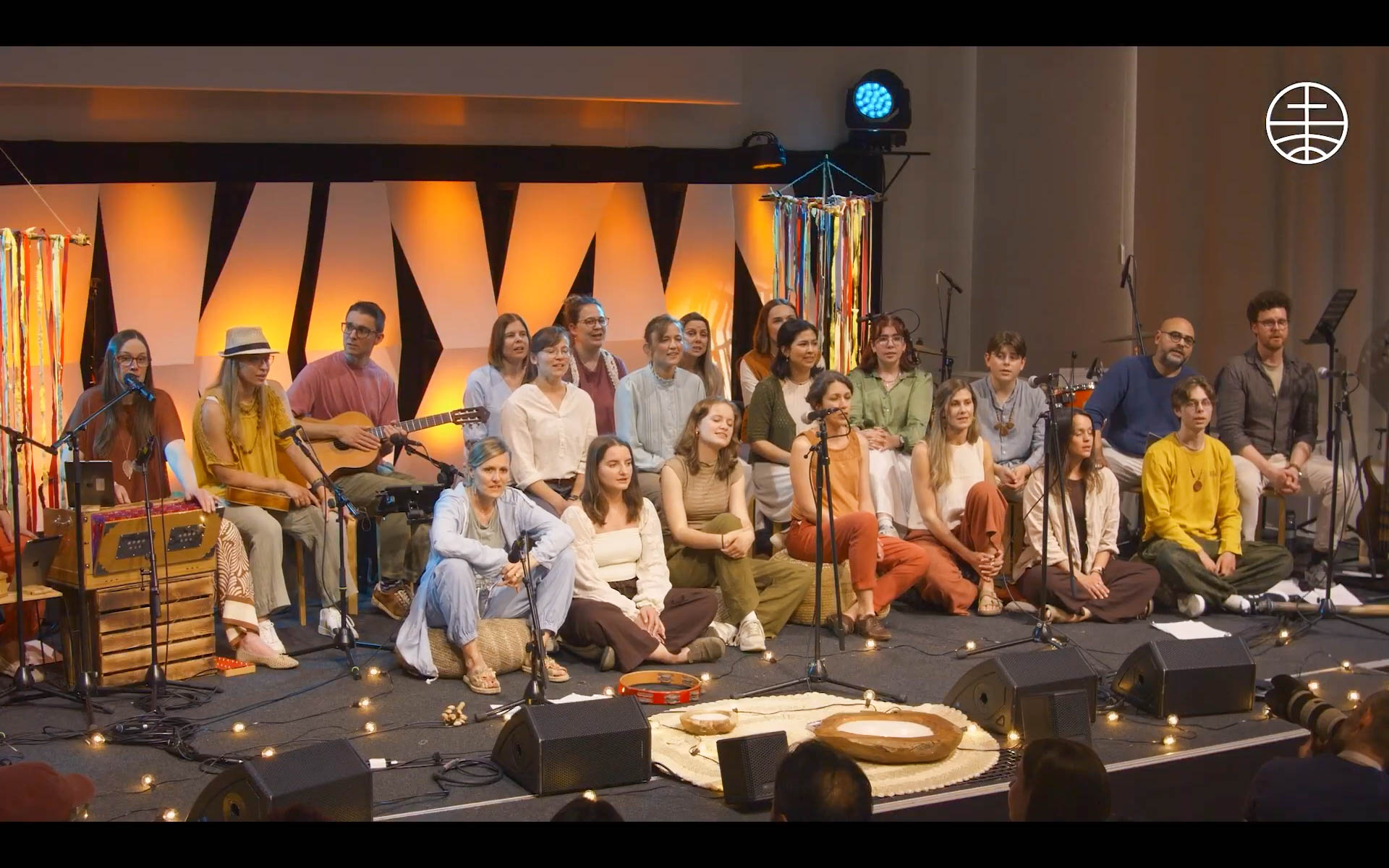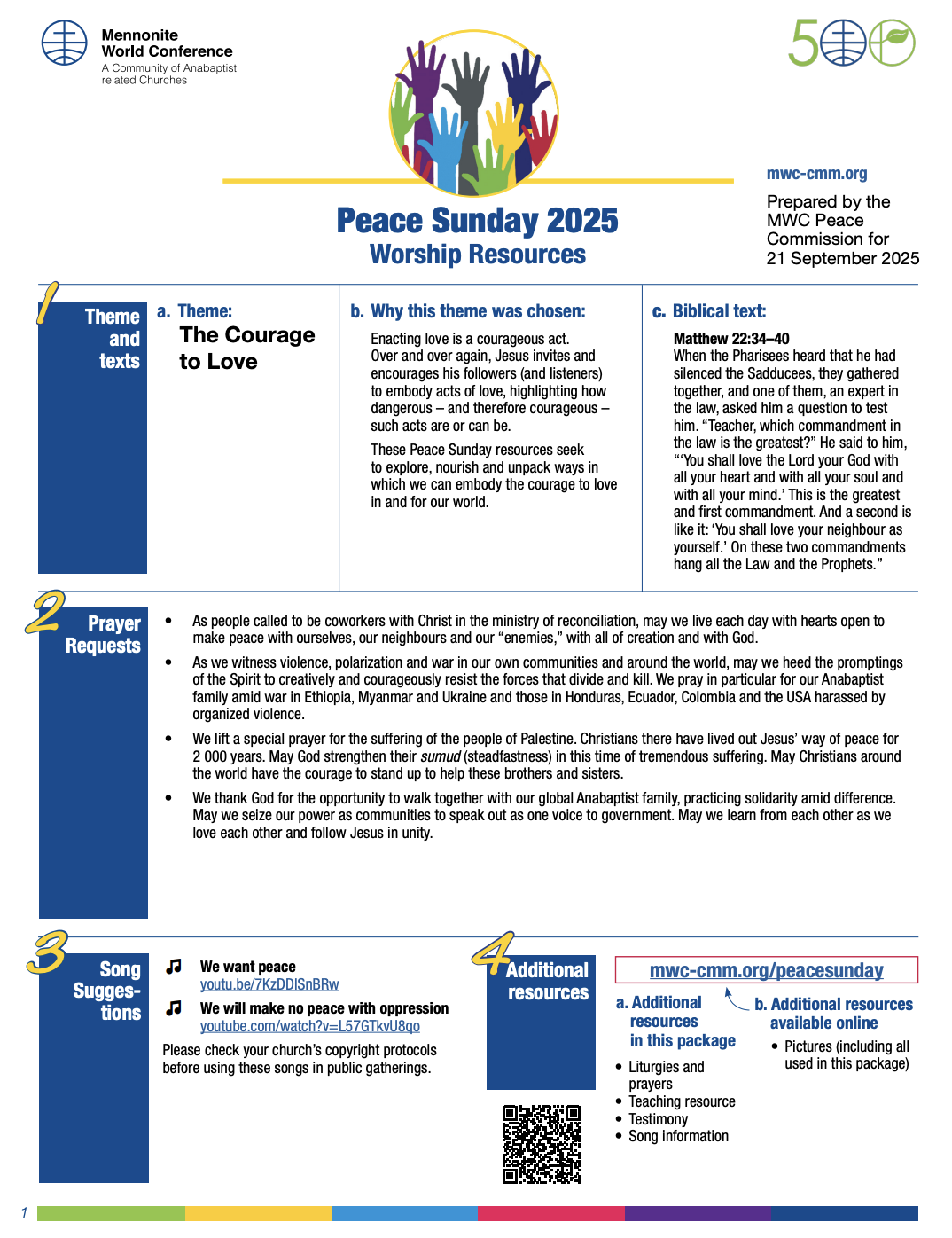-
Anabaptist World Fellowship Sunday 2026
Theme Solidarity Why this theme was chosen Our MWC tagline lists “living out unity” as a core part of our identity. We exercise solidarity with our fellow Anabaptists across denominational lines locally, around the world, with the body of Christ more broadly, and with partners in building peace and pursuing justice. Solidarity is another word…
-
A weekend of prayer and action against hunger 2025
Liturgy Guide and Resources for the Weekend of Prayer and Action Against Hunger 17-19 October 2025. For this Weekend of Prayer and Action Against Hunger, Christians from all around the world will gather for prayer and worship around the theme of global hunger and food justice. We offer this guide to support worship planners to…
-
The Courage to Love
Sermon by MWC general secretary César García in Zurich, 29 May 2025,in commemoration of 500 years of Anabaptism.
-
Peace Sunday 2025 – Activities
Who is our neighbour? What is the gospel? Enact “Samarital Acts” (Luke 10:25-37) in the community OR Explore the meaning of “gospel” in the story and notice the different practical ways in which it is embodied in Luke 4. 1. Create multi-generational groups to explore the assignment together over four weeks. 2. Within the groups,…
-
Peace Sunday 2025 – Prayers and Liturgies
Prayers and Liturgies A litany for the moment Responsive reading: one voice for the regular text, all voices for the bold text. All voices join on bold and italic text. God of surprising birth You are not the saviour we expect, Your power does not look like the power We want our God to demonstrate. We wait. We…
-
Peace Sunday 2025 – Song Information
We want peace “We Want Peace” isn’t just a song title. It’s a call. A prayer. And a mission. We wrote this song because we don’t believe that violence can be the solution to our problems. “War is Contrary to the Will of God”, wrote the World Council of Churches in 1948 after the end…
-
Peace Sunday 2025 – worship resource
Theme The Courage to Love Why this theme was chosen Enacting love is a courageous act.Over and over again, Jesus invites and encourages his followers (and listeners) to embody acts of love, highlighting how dangerous – and therefore courageous – such acts are or can be.These Peace Sunday resources seek to explore, nourish and unpack…
-
MWC 100th Anniversary Celebration
Watch the singing, praying and testifying to God’s faithfulness at 100th anniversary worship service on 25 May 2025 in Germany. The stage language for the video is English, but viewers can turn on the closed captioning/subtitles and then select “auto-translate” under the gear symbol to use machine translation to their preferred language.
-
We want peace song information
Music & Lyrics: Dennis Thielmann © 2021 / French translation: Marie-Noëlle YoderArr: Dennis Thielmann & Karin Franz © 2025www.songsofpeace.ch Permission granted to MWC member churches for congregational use for Peace Sunday and Anabaptist World Fellowship Sunday. For permissions for ongoing use or in larger group gatherings, see www.songsofpeace.ch/songs/wewantpeace or contact info@songsofpeace.ch
